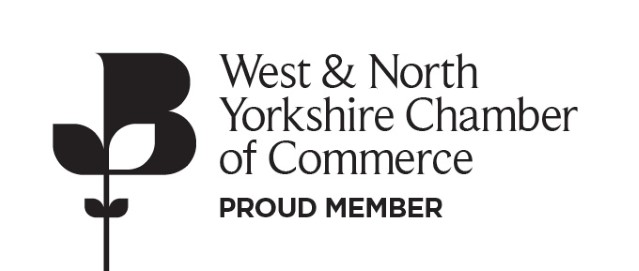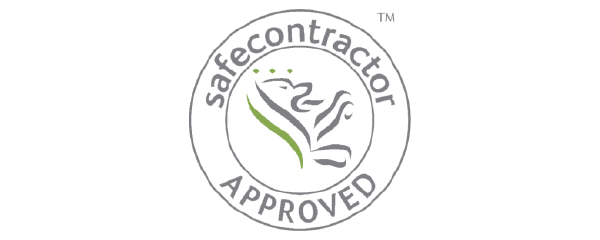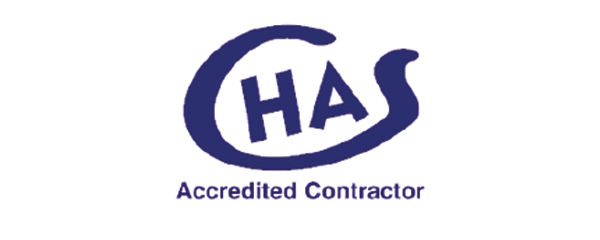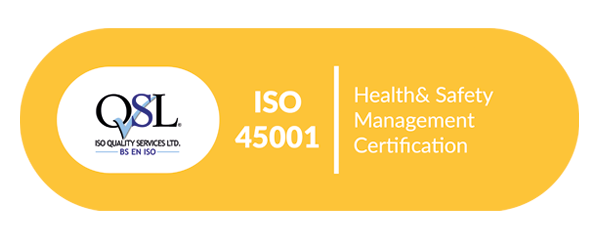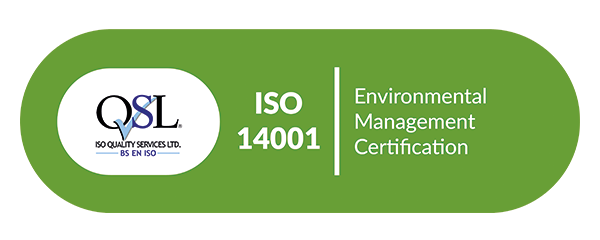Legal Issues & Consequences:
An invasive weed can be defined as a species that is not native to a specific geographical location and has the ability to spread and cause damage to the environment or human health.
Japanese Knotweed is one such species, and is regulated by several acts of legislation, the main being:
- The Wildlife and Countryside Act (as amended) 1981
- The Environmental Protection Act 1990
- The Environmental Protection (Duty of Care) Regulations 1991
- Third party litigation where damages may be sought for allowing Japanese Knotweed to spread onto other properties
- The Anti-social Behavior, Crime and Policing Act (ASBO) 2014
The legislation puts a duty of care on the landowner with a Japanese Knotweed infestation to be proactive in the control and eradication of it.
Planning permission and mortgages may also be refused without an eradication programme in place for the infestation.
It is an offence to allow Japanese Knotweed to grow and develop in the wild but Inspectas Land Remediation can remedy this situation for you easily and quickly.
The Legal Position:
The Wildlife and Countryside Act 1981 provides the primary controls on the release of non-native species into the wild in Great Britain.
- It is an offence under Section 14(2) of the Act to ‘plant or otherwise cause to grow in the wild’ any plant listed in Schedule 9, Part II. This includes Japanese Knotweed.
- All parts of the plant and any soil contaminated with the rhizome are classified as controlled waste and are required legally to be removed and disposed of by a licensed waste control operator.
- Claim – An individual or organisation may peruse a private claim in nuisance or a private prosecution under the 1981 or 1990 Acts.
- ASBO – Introduced in 2014 and aimed at both companies & individuals to deal with their infestations before the problem spreads off their property or land. A magistrate can issue a fine and force the defendant to have the infestation professionally eradicated.
Contaminated Land Remediation Tax Relief
Contaminated Land Tax Relief was introduced to allow businesses to claim relief of 150% of the cost in cleaning up the site, against their Corporation Tax bill.
This was introduced over 15 years ago by the government of the day in an attempt to utilise commercial land against developing on greenbelt. This relief applies to both land and buildings in the same way and to be eligible the following criteria must be met:
- The land or building must be owned by a limited company at the time that the remediation is undertaken.
- The land or building must be owned either as a freehold or as leasehold with at least a 7 year term at inception.
- There must be a possibility of ‘serious harm’ to persons and the environment, ‘damage’ to buildings, or pollution to water courses.
Examples of qualifying contamination and measures to remove or mitigate the risks are as follows:
- Asbestos (we can help with that too, right here)
- Sulphate contamination in soil and concrete
- Hydrocarbon contamination
- Any pollution from previous industrial activity e.g. heavy metal contaminants from industrial processes
- Ground / landfill gases – any protection measures e.g. membranes / ventilation systems required in buildings or foundations
- Japanese Knotweed
- Radon protection measures
- Arsenic
- Removal of redundant utility services and concrete foundations on sites or part of sites derelict since April 1998
